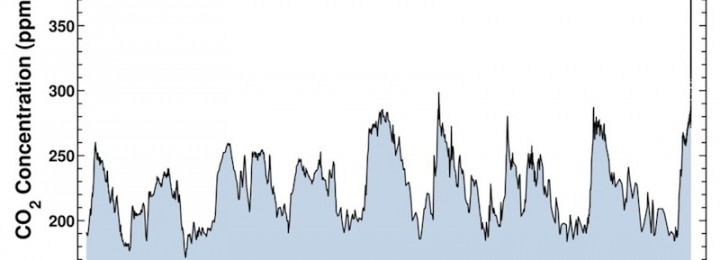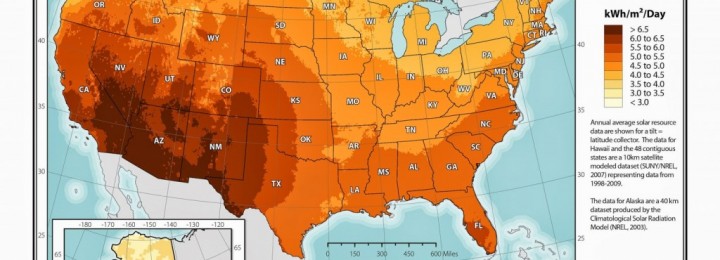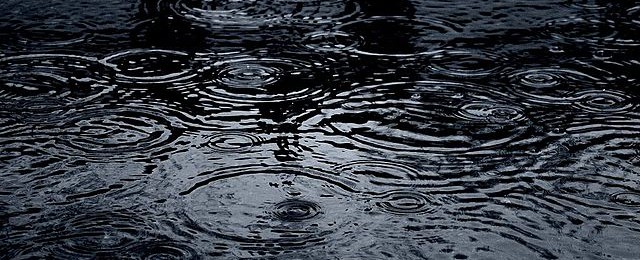Climate science
-

If you are a history buff, you will enjoy reading about the first official weather forecast, made by Admiral Robert FitzRoy, a well-known mariner who also happened to be the captain of the HMS Beagle, Charles Darwin’s ship of discovery. The key to FitzRoy’s ability to forecast was the development of the telegraph, which allowed…
-

If you have looked at the Keeling curve for carbon dioxide concentration that I have shown in past blog postings, you may be wondering why there is a yearly cycle in the concentration of carbon dioxide. The graph below shows the last two years of carbon dioxide in the atmosphere, as measured on Mauna Loa…
-

The “Spring Predictability Barrier” is well known to climatologists as the difficulty we have in predicting whether an El Nino will occur in the coming months in springtime compared to other times of the year. This is due to the seasonality of El Nino, which is usually strongest around Christmas (hence the name “El Nino”,…
-

On Facebook last week a friend posted a picture of the Earth’s atmosphere, taken at sunrise from the International Space Station. In the photo, the atmosphere is shown as a thin blue line separating the sphere of the planet from the blackness of space. The image reminded me of how thin the atmosphere is compared…
Posted in: Climate science -

Jeff Masters of Weather Underground posted a new blog this week noting that measurements of carbon dioxide in the atmosphere show that for the first time in the last 800,000 years the carbon dioxide levels in the atmosphere reached 404 parts per million. You can read his post here. Carbon dioxide has been measured directly…
-

With all the sunshine we get in the Southeast, how does solar energy compare to other parts of the country? Cliff Mass has a good description of solar power climatology at his blog at https://cliffmass.blogspot.com/2015/04/the-meteorology-of-solar-power.html. Even though his blog is focused on the solar power capabilities of Washington State, his maps show the distribution of solar…
-

In the last week I’ve received 5.94 inches of rain in my gauge near Athens. Many areas of the Southeast received more than ample rain in the last few days. Fortunately, it looks like we may have a dry spell mid-week to cheer us up and help the farmers catch up on their field work.…